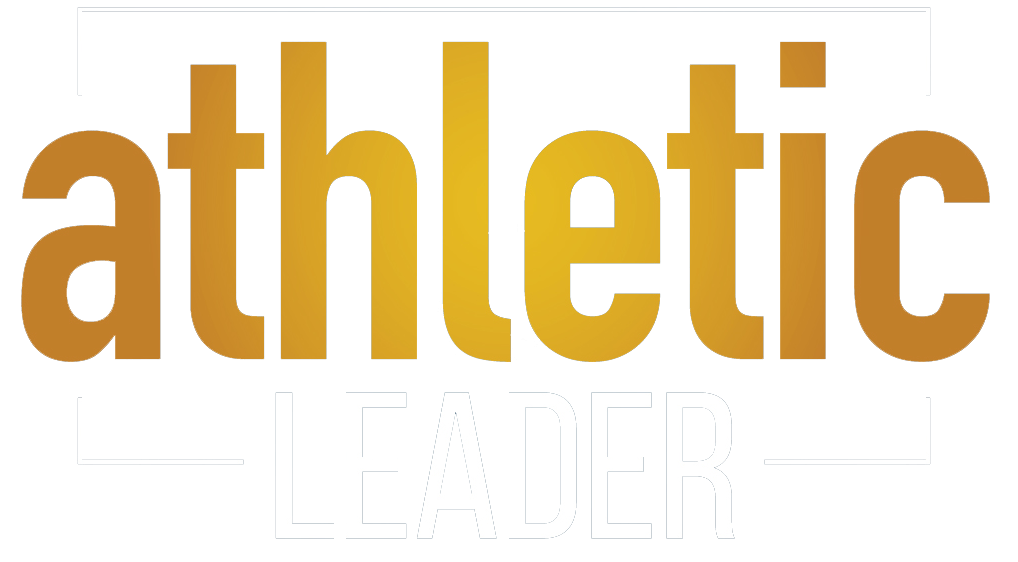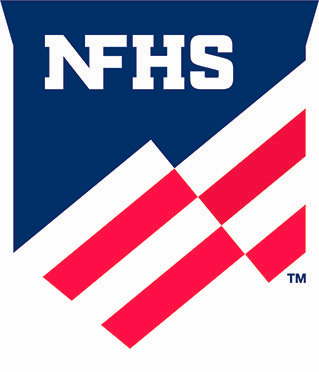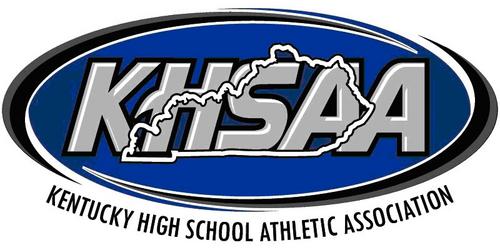Why ATCs Are a Good Fit For Occupational Therapy
Simply put, they are the jack-of-all-trades of the sports medicine industry.
 A recent article from the Center of Occupational & Environmental Health (OEHS), highlighted how ATCs are uniquely positioned to be a good fit in helping to prevent musculoskeletal injuries in settings like warehouses, labs, manufacturing plants, and office buildings.
A recent article from the Center of Occupational & Environmental Health (OEHS), highlighted how ATCs are uniquely positioned to be a good fit in helping to prevent musculoskeletal injuries in settings like warehouses, labs, manufacturing plants, and office buildings.
Below is an excerpt from that article.
ATCs are highly qualified, multi-skilled healthcare professionals educated in anatomy, kinesiology, and physiology. They must hold a bachelor’s or master’s degree in athletic training and are able to provide preventative and emergency care, clinical diagnosis, therapeutic intervention, and rehabilitation of injuries and medical conditions. ATCs must also pass an examination by the Board of Certification, maintain their certification through continuing education, and be licensed to practice in the majority of states.
According to a national survey conducted by NATA, 68% of occupational companies that utilize the services of an athletic trainer indicated the ATC helped decrease restricted workdays and workers’ compensation claims for musculoskeletal disorders by more than 25%.
Ergonomics Cross-Training for ATCs
Although ATCs are experienced in both injury prevention and treatment, they may not have formal training in quantifying ergonomics risk exposure, or the human factors principles that address the whole human and systems they work within.
According to Heather Koster, MS, ATC, CEAS II, “The coursework provided in athletic training programs does not typically expose future ATs to the industrial setting. Looking outside of a typical college setting and taking on courses in environmental health and safety or industry-standard can open a lot of doors and opportunities that are not typically highlighted.”
ATCs looking to expand their skillset can do so from the convenience of their own home or office. Opportunities for evidence-based assessment tools and the latest information about human factors and ergonomics research are available online, and in some cases, for free. For example, COEH hosts free monthly ergonomics webinars in partnership with Education and Research Centers around the country. The majority of webinars are recorded and can be watched for free on YouTube.
» ALSO SEE: Sports Drinks Colors May Keep You Running Faster & Longer
For the ATC that wants to expand their credentials to include professional certification in ergonomics, there are a number of distance learning opportunities available from reputable universities that count towards educational requirements for the Board of Certification in Professional Ergonomics (BCPE).
To read the full story from COEH on why ATCs make good occupational therapists, click here.







